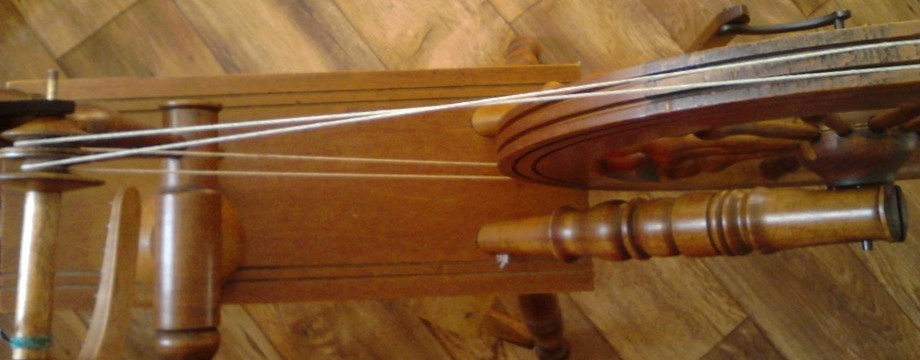Using Vegetable Dyes by http://krydderuglen.blogspot.dk/p/plantefarver.html
Visit the original site for beautiful pictures!
Translated from Danish with http://www.winsite.com/translator/translator+toolbar+for+firefox
Vegetable dyes – Plant Dye
Staining:
The plants are:
Most plants are good both fresh and dried.
Oregano
Oregano gives a beautiful golden brown color and a strong odor. The picture is too bright and the color really much deeper brown. 1 bath is darker than 2 bath, it gives a beautiful effect when using the yarn.
Tansy
Tansy provides a beautiful, bright yellow. Here are two bundles, the dark is 1 bath and the light at the back is 2 bath.
You use only the flowers, it’s a bit of a tweaking, but the yellow color is very delicious.
Birch leaves
Birch leaves gives the most beautiful and fade resistant color. It’s a real sunshine.
You should only use the leaves, not the stems or twigs, it makes the color cloudy.
Nettles
H is b eet soap and wool dyed with nettles. I have used 6 parts to 1 part nettle yarn. The soaps lost quite fast color, but the yarn is still the same pale green two years later.
is my favorite plant yellows. It grows like a weed in large amounts and it is great. Sunshine and summer. I use 4-5 parts plant to 1 part wool.
Note: The plant provides only yellow color from the start to bloom and the end of July. It can either be frozen or dried, as the other color plants.
Below mittens knitted from wool dyed with scentless chamomile and natural brown wool.
They also contain indigo carmine. And is very easy to farms with. It should not boil, as it will be steel gray. Ask three parts beans to soak in plenty of water, they expand. Let them be cool for 3 days and stir occasionally. Add soaked wool to the beans without moving around too much in it and gently invert the yarn is twice the next 3 days.
The color is fairly light fast, but can not withstand machine washing!
See also this post on bean color:
Staining with black beans
The bundle to the right was in the bean water for 3 days. Bundled left came in bean water after 1 ½ days.
Yes, it’s also a color plant. Use just enough, it is not to eradicate 😉 Here 6 parts plant thru 1 part yarns. It was delicate pale green, a real spring color.
| First attempt with St. John’s Wort. |
St. John’s wort.
It grows in the parking lot in Helsinge, along forest trails nearby, and now in my garden. On alunbejdset yarn gives the whole plant green after 10 minutes to a half hour, then it changes to golden, then more brownish and last bundle is yellow-golden.
The first bundle to the pan along with the plants, so I boil another pot with another bunch wool in clean water. When the yarn in color pan is suitable green, I put it into the hot water and get the second ball of yarn in color pan. This, I repeat, after two hours of time with the now beautiful golden yarn into the pot and again the next morning with the golden brown, the last bundle cooling off in the color pot and gets light gulgyldent.
Below. All colored in the same St. John’s wort-pan. Clockwise around: Horse hair 2 Initially, alpaccagarn 1 turn (the two major’ve got less time). Wool 2 (The small) and 3 (The great) place. Kaninuld 4 game.
Walnut.
It grows in gardens all around, even in our neighbor, where I have been allowed to collect as many shells, I feel like – and a few nuts. The fresh peel color brown, a deep and lovely color. I can only find a picture of a tiny bundle, but there was more of the same glorious color.
Reed
Flowering reed found in large quantities near me. They provide a luminous green., A bit like a understregningspen. You do not need many flowers to give color to contrast color exhausted after a bath.
